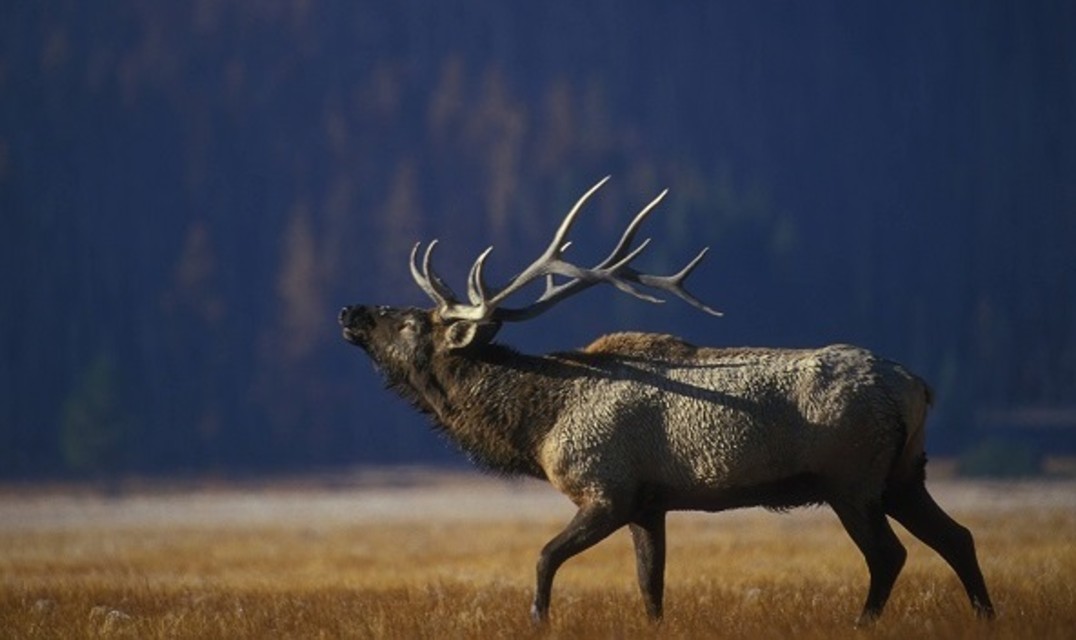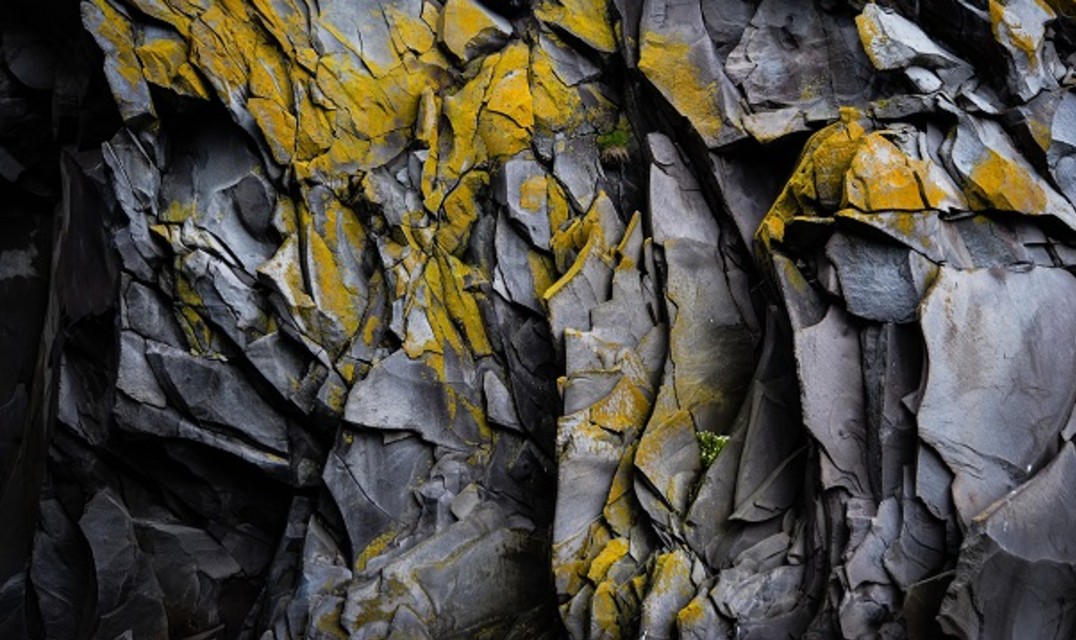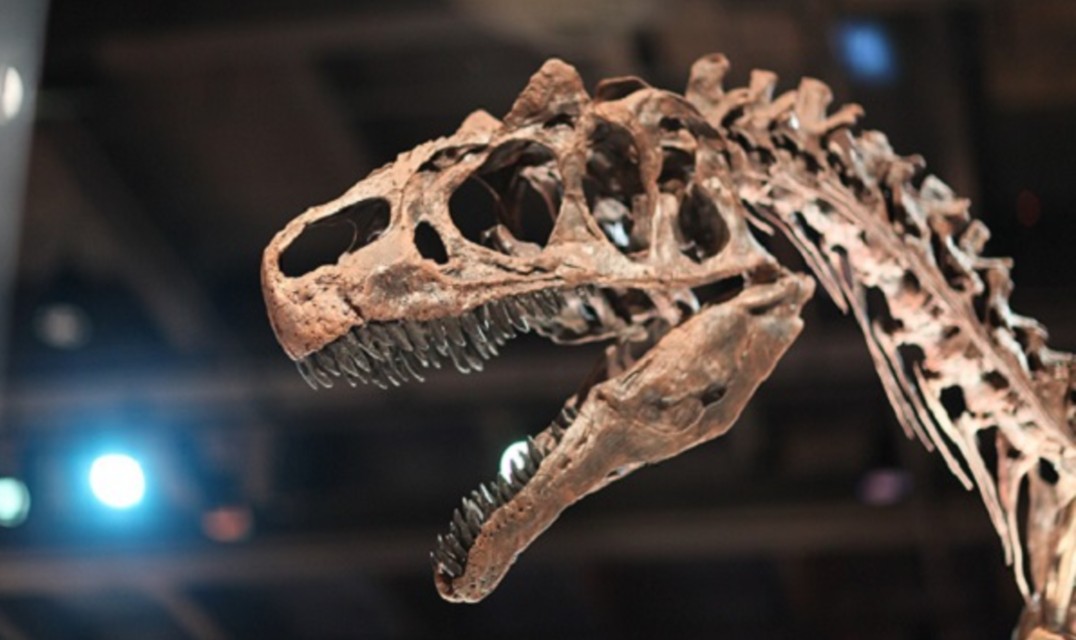Understanding the Evolution of Earth's Biosphere
Evolution on Earth
Various parts of evolution on Earth are studied by scientists in branches of biology, chemistry, earth science, and more.
The two basic principles come from Charles Darwin's theory of evolution, which stipulates:
- Groups of diverse creatures come from a small number of common ancestors.
- Animals evolve by process of natural selection, where inheritable traits in a species may change over generations based on which individuals survive to pass their characteristics on to offspring.
Earth's Biosphere
The biosphere comprises all living creatures on Earth and everything they interact with, including other creatures in the biosphere; the air around them (atmosphere); the rocks, solid earth, mantle, and crust they stand on (lithosphere and geosphere); and the water that sustains them and their surroundings (hydrosphere). Evolution by and large affects each of these separate spheres, which in turn affect each other. As such, the study of evolution on Earth becomes interdisciplinary among the sciences due to evolution's intersectional nature among earth's systems and spheres.
The University of Alberta invests in this area of research to drive groundbreaking discoveries, inform conservation practices, and contribute to the global conversation.
Research Areas

Ecology
Visit our Ecology page to learn more about our work examining living organisms, the environment, and the impact humans are making on them.

Evolutionary Biology
See the work University of Alberta biologists are doing to examine the evolutionary processes that created the biodiversity of Earth.

Geobiology
Every second, physical and chemical interactions occur between organisms, ecosystems, and Earth materials. These reactions play a big part in how the physical Earth has changed and how life evolved on our planet.

Paleontology
To understand the present and drive the future, we must examine the past. Dig into the work of our paleontologists to see how some of our planet's first complex organisms lived.
Science Highlight Areas
Following the University's academic initiative For the Public Good, the Faculty of Science endeavours to develop a portfolio of teaching and research areas for which the Faculty is or will be recognized as a global leader.
As many fields of science can work cohesively to uncover many of the mysteries of our planet and its inhabitants, signature areas are often interdisciplinary in nature.
Learn about some of the disciplines that focus on studying Earth's evolution:
Other Highlight Area Hubs
Did You Know?
Within the University's Freshwater Invertebrate Collection, you can find samples of feather mites from Charles Darwin's finches.
Faculty of Science Stats
Check out some of the stats for the Faculty of Science including research revenue, publications, and more by clicking the video thumbnail above or visiting our faculty rankings page.

